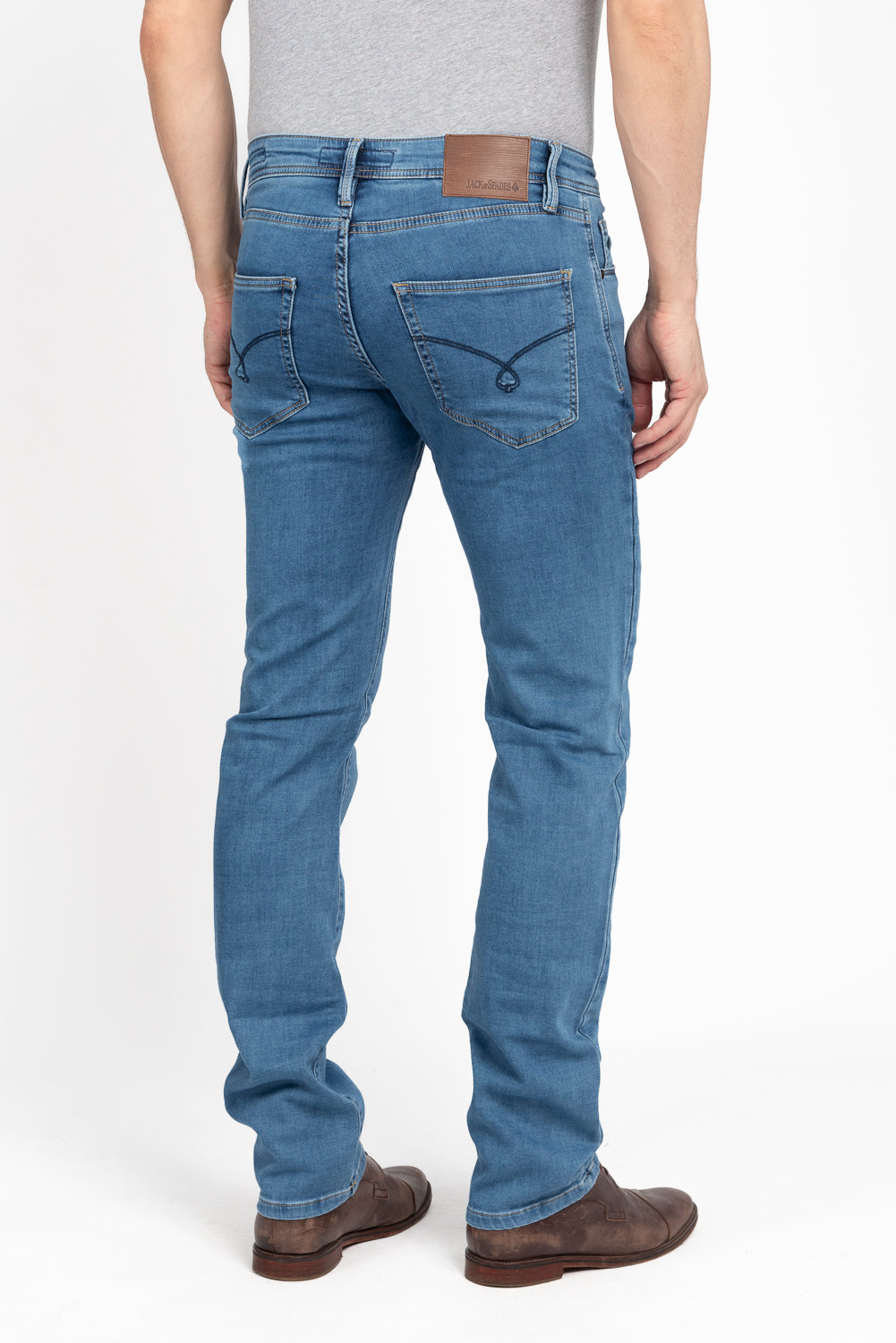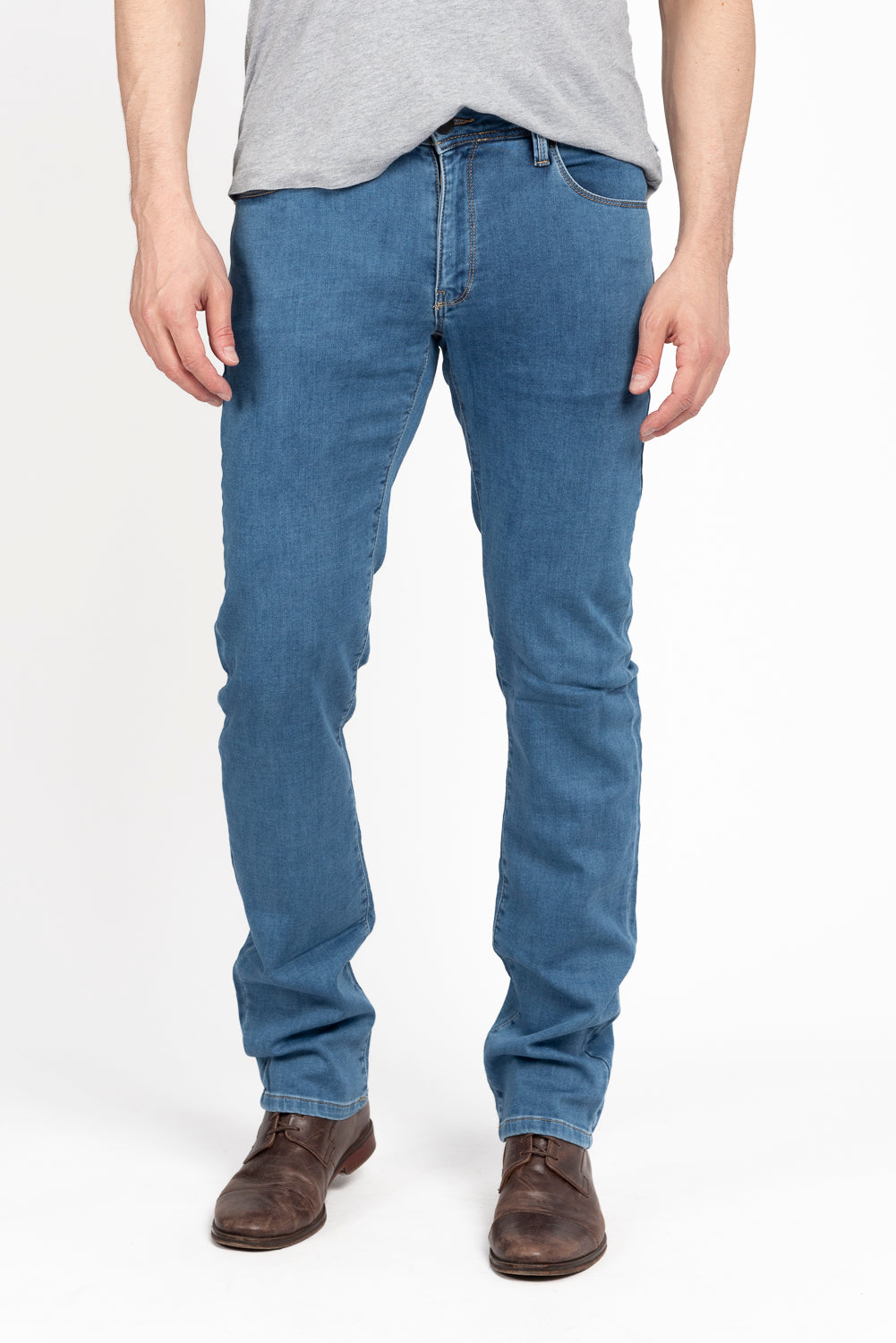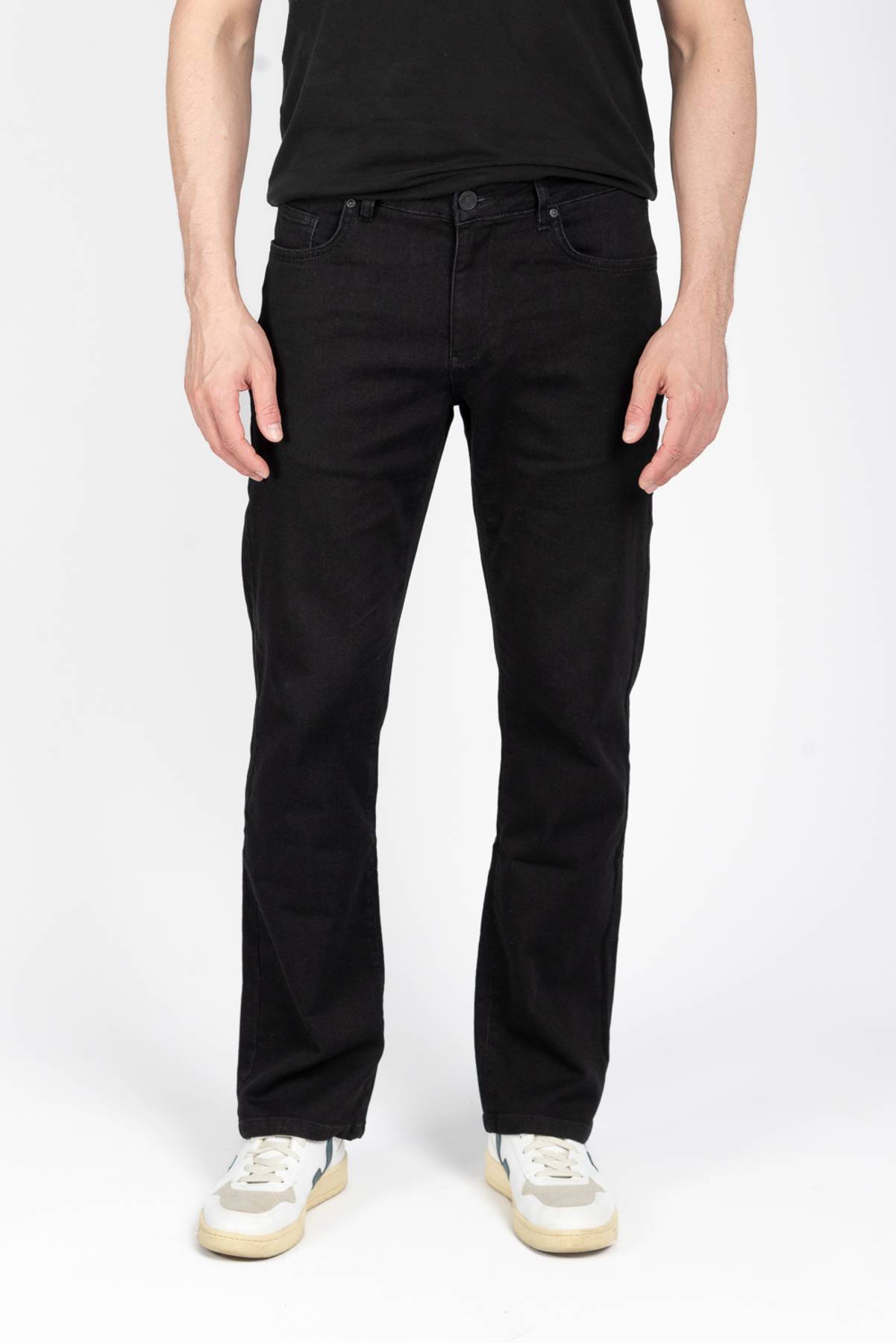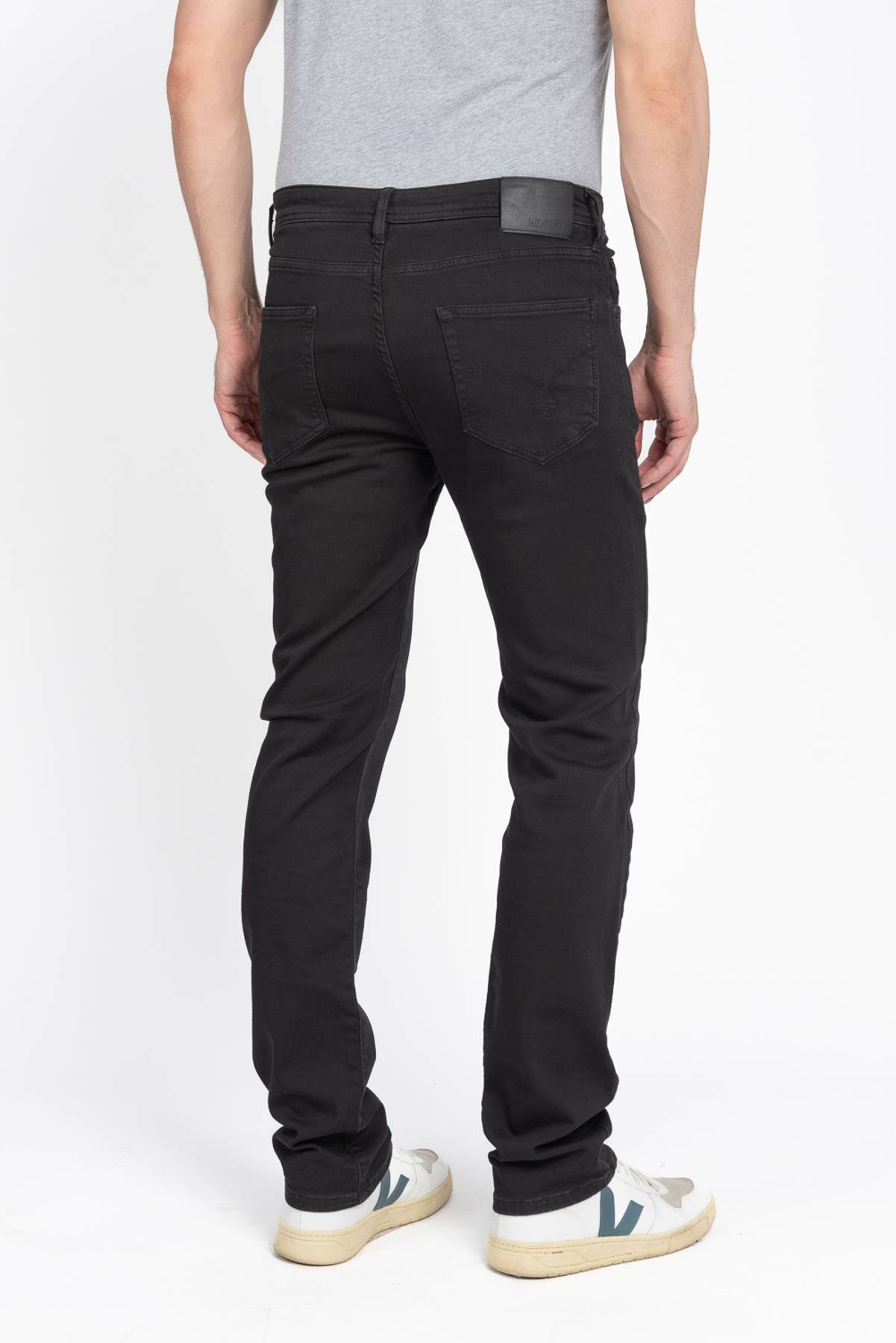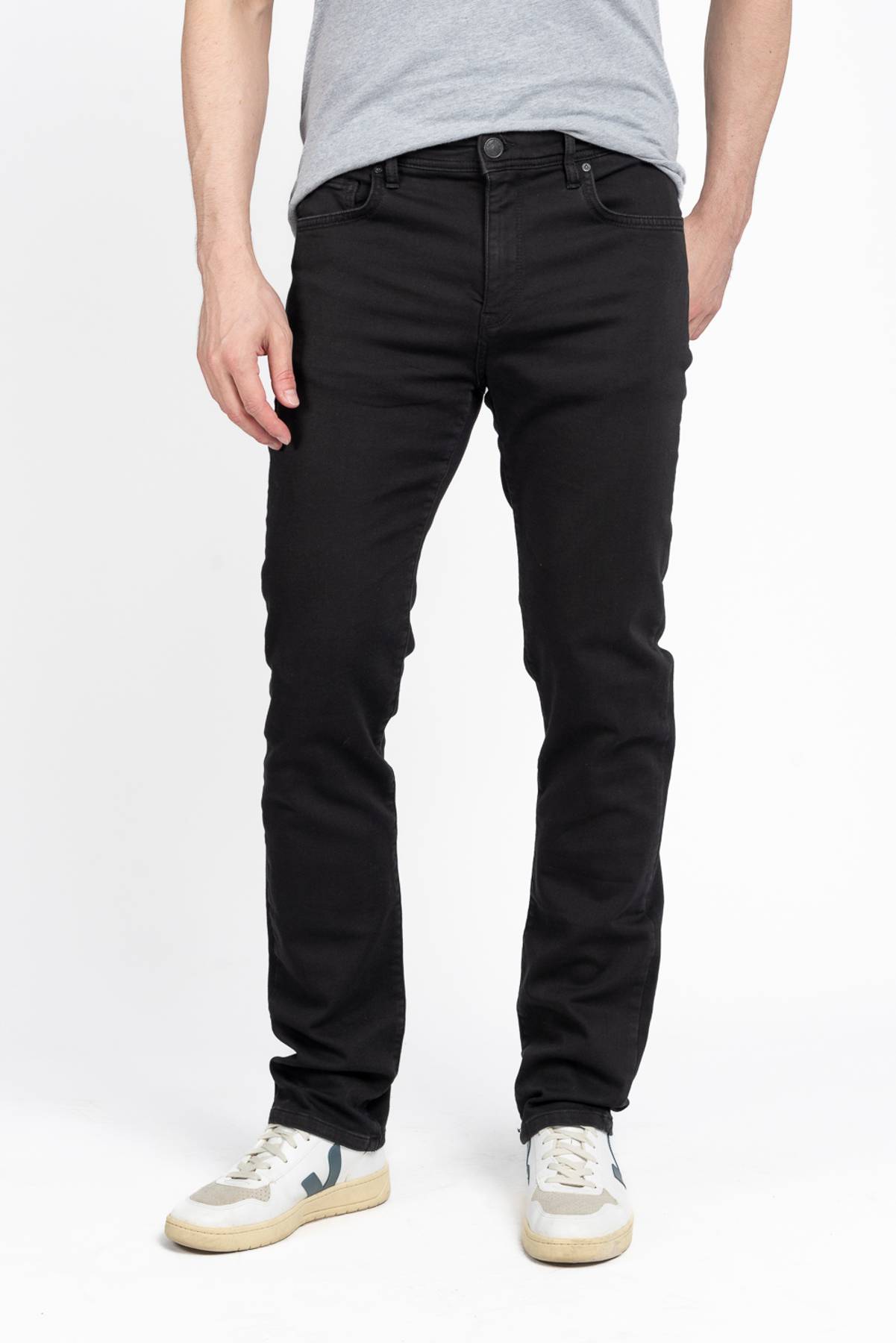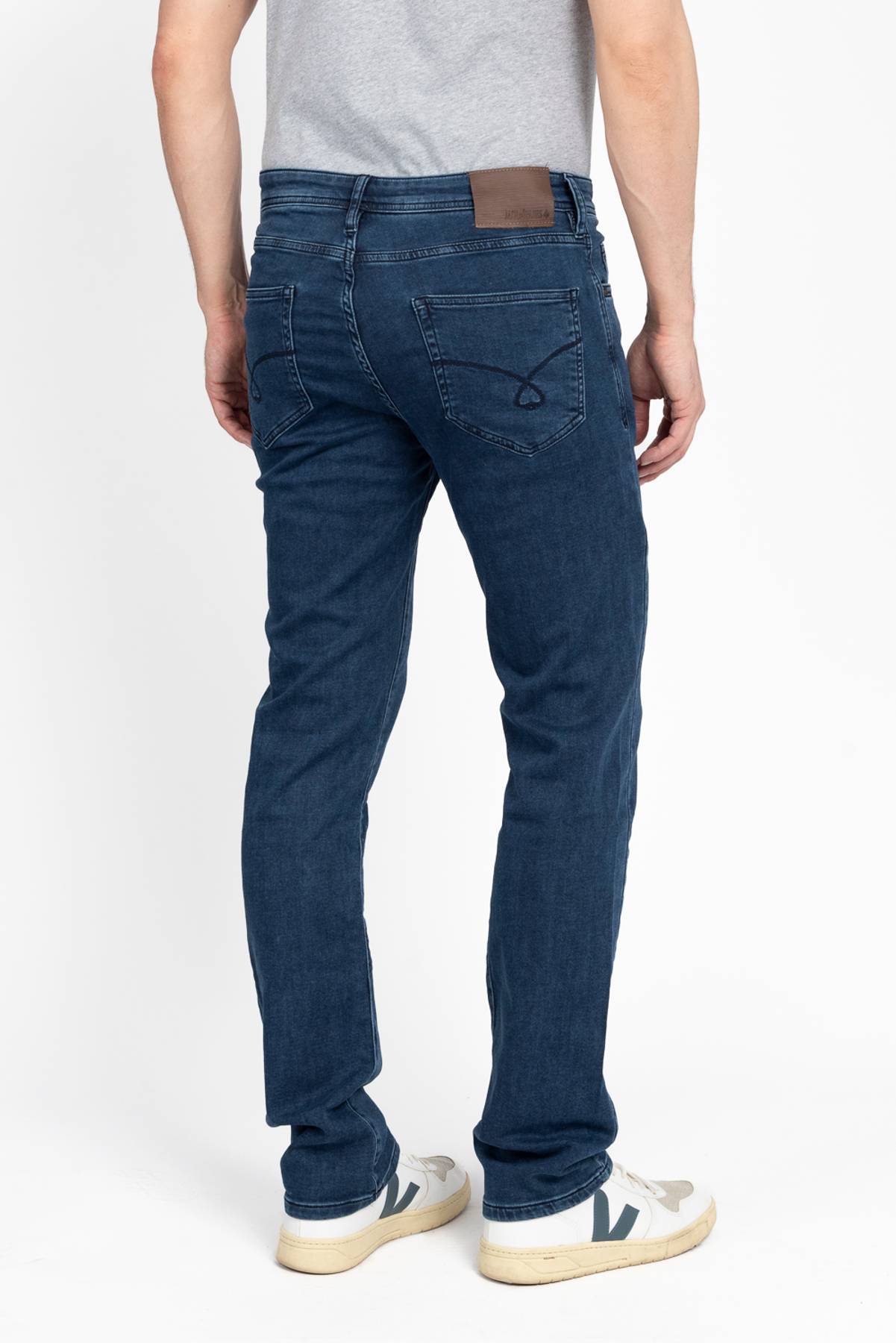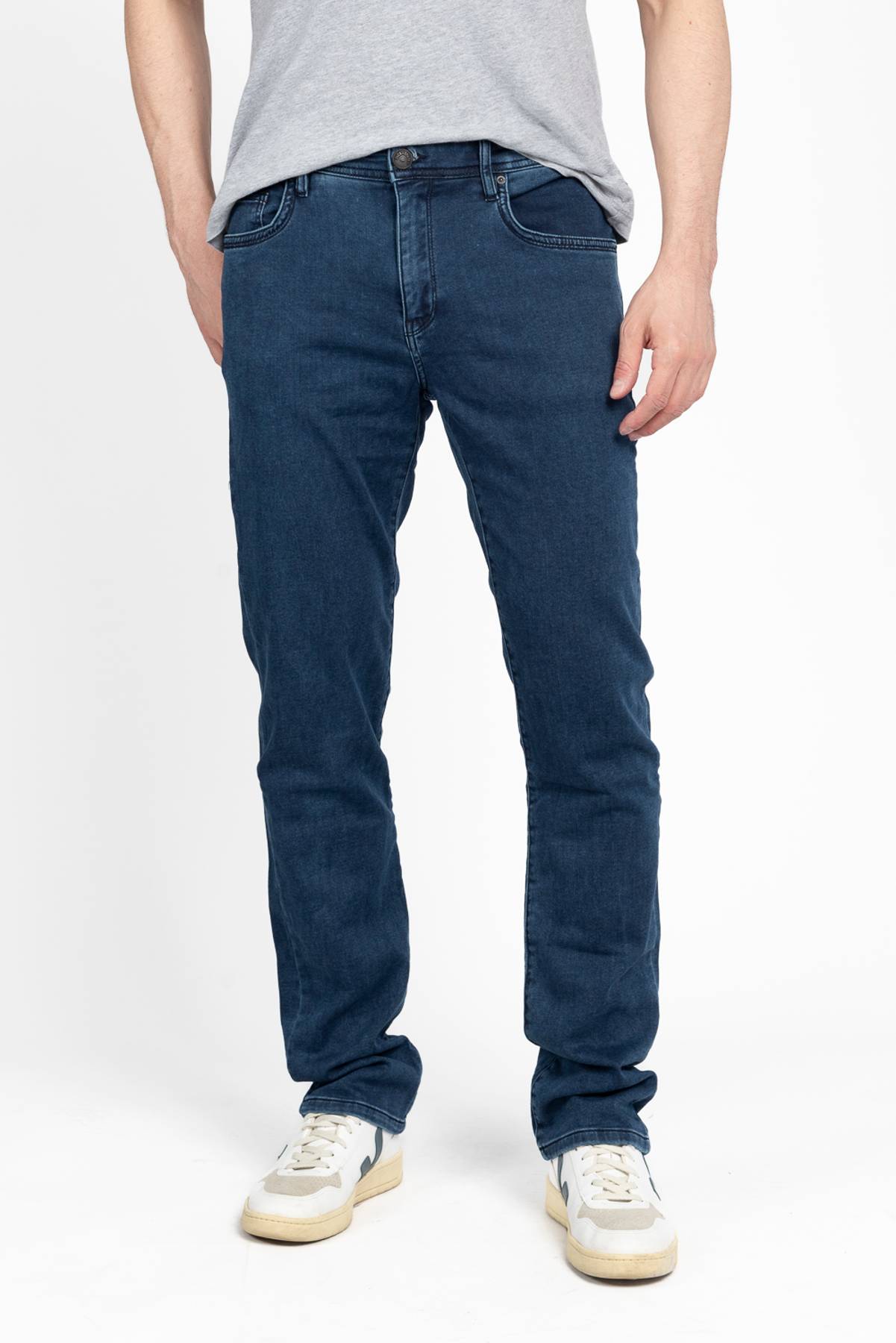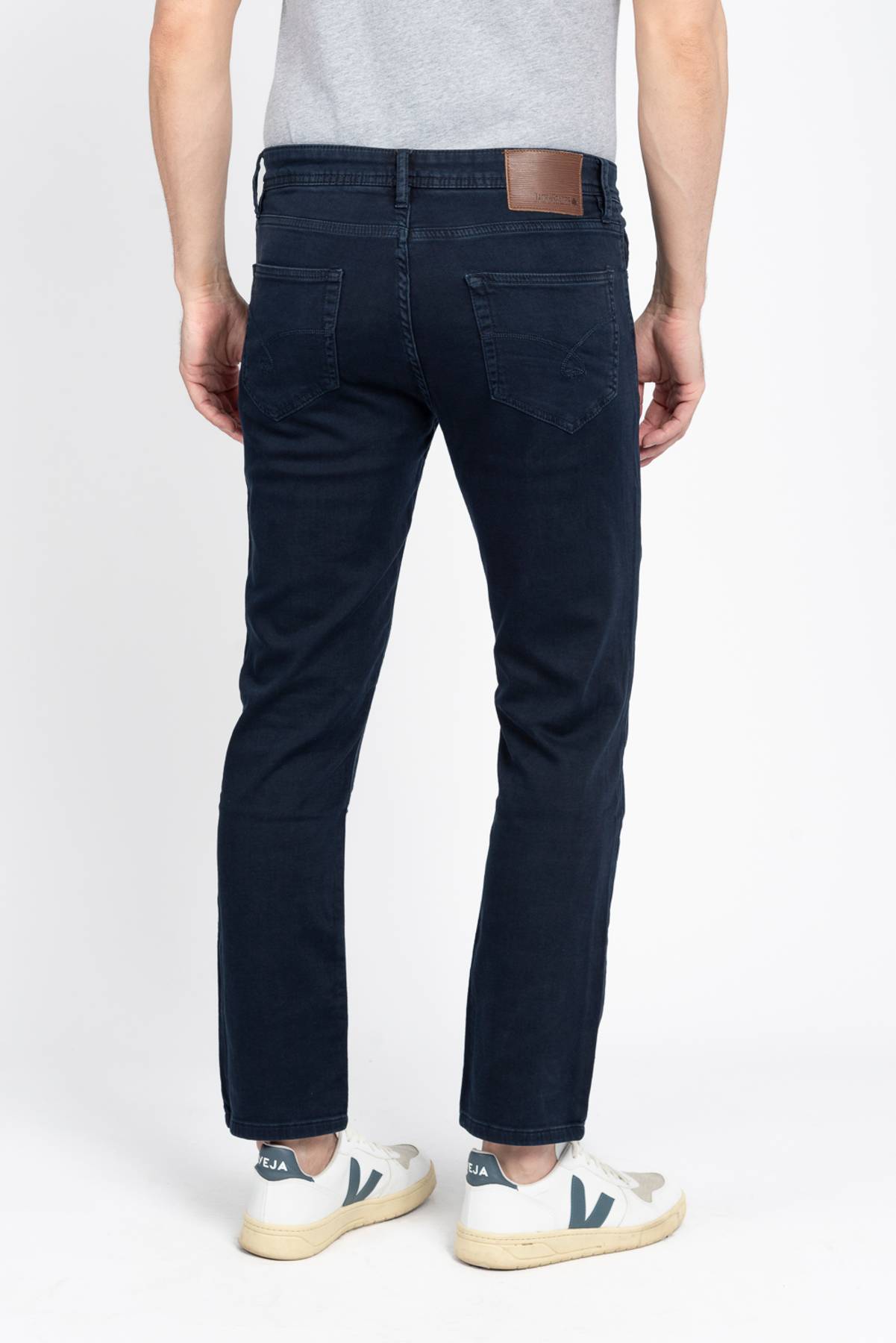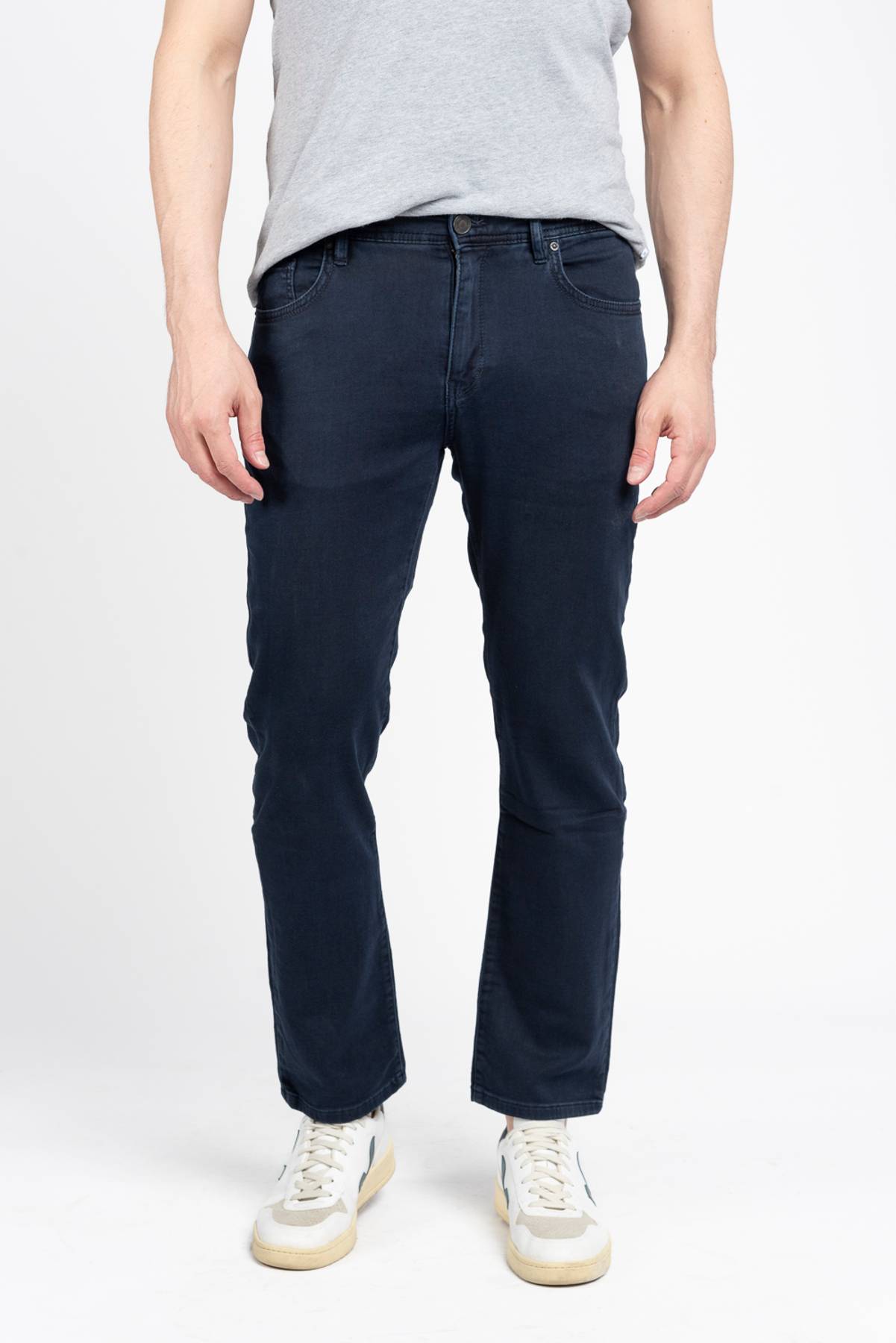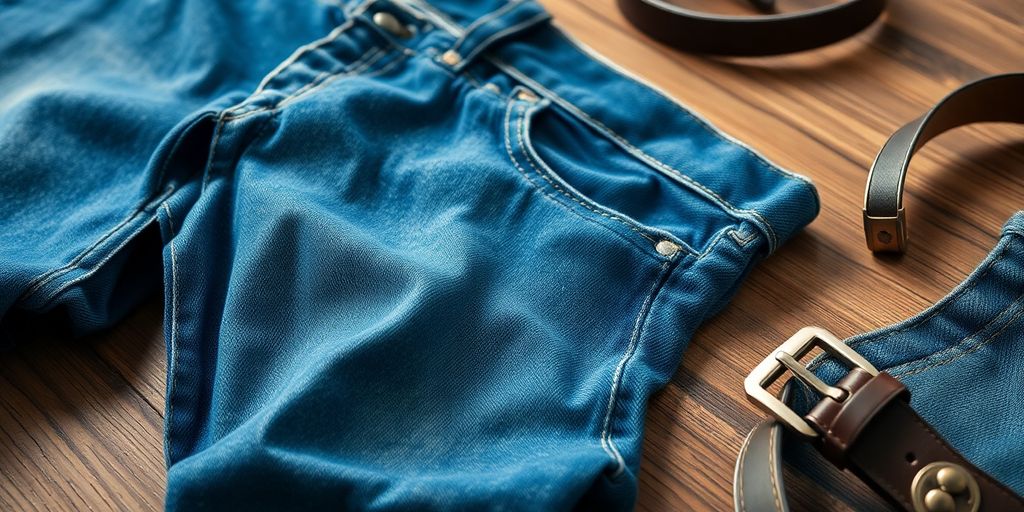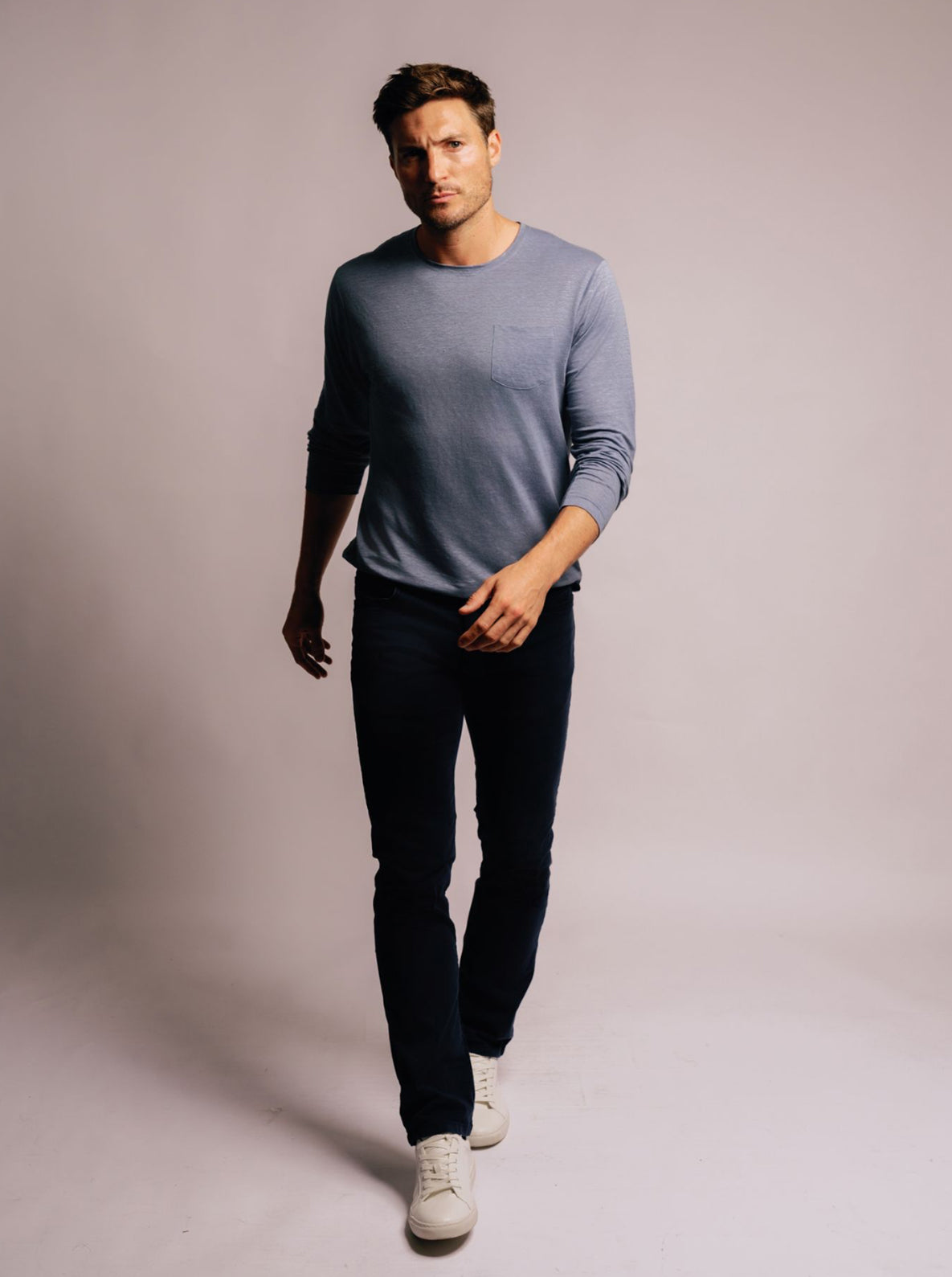Finding the right pair of men's vintage jeans can feel like a treasure hunt. With so many styles, cuts, and brands out there, it’s easy to feel overwhelmed. But fear not! This guide will help you navigate the world of vintage denim, ensuring you find a pair that not only fits well but also tells a story. Let's dive into the tips and tricks you need to make your search easier and more enjoyable.
Key Takeaways
- Sizing can be tricky with vintage jeans; be patient and understand the cuts.
- Familiarize yourself with staple styles and timeless designs.
- Tailoring is a great way to achieve a perfect fit; don't hesitate to alter your jeans.
- Buying vintage is eco-friendly and often leads to discovering quality pieces with history.
Exploring Unique Brands

Explore Unique Brands
Think outside the blue box! There are tons of brands from past decades that offered incredible denim. Each brand has its own character, construction style, and fading patterns. Branching out means discovering washes and details you won't find anywhere else. It's like uncovering hidden treasure in the denim world.
Consider Lesser-Known Labels
Some brands flew under the radar back in the day, but their jeans are just as well-made and stylish. These hidden gems often come at a lower price point than the big names, making them a smart choice for budget-conscious vintage hunters. Plus, you're less likely to see someone else rocking the same pair. For example, you can find essential jeans for men from brands that are not as well known.
Don't Sweat Sizing
Vintage jeans sizing can feel like deciphering an ancient code, but don't let it scare you off! It's different from modern sizing, and that's okay. The numbers on the tag are just a suggestion, not a hard-and-fast rule. Here's how to approach it:
Understanding Vintage Cuts
Vintage jeans often have different cuts than what's popular today. Think about it: styles have changed a lot over the decades. What was considered a 'slim fit' in the 70s might look like a regular fit now. Knowing the era of your jeans can give you clues about the intended fit.
The Importance of Patience
Finding the perfect fit in vintage jeans takes time and patience. Don't expect to walk into a store and immediately find your dream pair. Be prepared to try on a bunch of different sizes and styles. Vintage sizing is inconsistent, even within the same brand. One pair of size 32s might fit perfectly, while another pair of the same size could be too tight or too loose. It's all part of the fun! If you're shopping online, be proactive about taking your measurements and comparing them to those given in the listings.
Adjusting to Non-Stretch Denim
Most vintage jeans are made from 100% cotton denim, which means little to no stretch. This can be a shock to the system if you're used to modern jeans with elastane. Non-stretch denim will feel different, and it might take some getting used to. Here are a few things to keep in mind:
- The jeans might feel stiff at first, but they will soften and mold to your body over time.
- Pay attention to the fit when you first try them on. Can you sit down comfortably? Can you move around without feeling restricted?
- Don't be afraid to size up if you're between sizes. It's better to have jeans that are slightly too big than jeans that are too small.
Remember, vintage jeans weren't designed to fit like leggings. They're meant to be comfortable and durable, not skin-tight. Embrace the slightly looser fit and enjoy the unique feel of non-stretch denim.
Also, jeans sizes are based on two measurements: waist circumference, or waist width (W), and length (L) of the leg also known as the inseam.
Know Your Staple Styles
Popular Vintage Trends
Beyond the classic cuts, there are some specific vintage trends that are worth keeping an eye out for. Think about:
- Bell Bottoms: Popular in the 70s, these jeans flare out dramatically from the knee down.
- High-Waisted Jeans: These were a hit in the 80s and 90s and are known for accentuating the waist.
- Distressed Denim: Rips, tears, and fading can add character to your vintage finds.
These trends come and go, but they always seem to circle back into style. Finding a pair of vintage bell bottoms or high-waisted jeans can be a fun way to add some personality to your wardrobe. Keep an open mind and try on different styles to see what works best for you. You might be surprised at what you discover.
Identifying Timeless Designs
Not all vintage jeans are created equal. Some designs are just more timeless than others. Look for jeans with simple, clean lines and minimal embellishments. Dark washes and classic fits tend to be more versatile and easier to incorporate into your current wardrobe. Avoid anything too trendy or dated, unless you're specifically going for a retro look. A good way to spot a timeless design is to ask yourself if you could see someone wearing these jeans today without looking out of place. If the answer is yes, then you've probably found a winner. Remember, the goal is to find jeans that you'll want to wear for years to come.
Tailoring Is Always an Option
Okay, so you've found some amazing vintage jeans, but the fit isn't quite perfect? Don't despair! One of the best things about vintage denim is that it can often be tailored to fit you like a glove. It's an extra step, sure, but the results are worth it. Plus, you're already going the extra mile for vintage, right?
Finding the Right Tailor
Not all tailors are created equal, especially when it comes to denim. You need someone who understands the fabric and the construction of jeans. Look for a tailor who has experience working with denim, ideally vintage denim. Ask around, read reviews, and don't be afraid to ask about their experience. A good tailor can work wonders, but a bad one can ruin a perfectly good pair of vintage jeans.
Adjusting for a Perfect Fit
So, what can a tailor actually do? A lot, actually! Here are some common adjustments:
- Waist: This is probably the most common alteration. If the jeans fit well everywhere else but are too big in the waist, a tailor can take them in.
- Tapering: Want a slimmer leg opening? A tailor can taper the legs for a more modern fit. This is especially useful if you find a pair of straight-leg jeans that you want to turn into something more fitted.
- Hemming: Too long? Hemming is an easy fix. Just make sure the tailor preserves the original hem if it's a selvedge or has unique character.
- Seat: Adjusting the seat is more complex, but a skilled tailor can often make adjustments to improve the fit in the rear.
Preserving Vintage Integrity
When tailoring vintage jeans, it's important to consider the original design and construction. You don't want to completely change the character of the jeans. Talk to your tailor about your goals and make sure they understand your concerns.
It's always a good idea to wash your jeans before taking them to the tailor, as they may shrink slightly. This will help ensure that the alterations are accurate and that your jeans fit perfectly after they've been washed.
Ultimately, tailoring is a fantastic way to get the perfect fit from your vintage jeans. Don't be afraid to invest a little extra time and money to get the fit just right. You'll end up with a pair of jeans that you love and that will last for years to come. Finding a tailor is key.
Shopping Strategy
Where to Find Vintage Jeans
Okay, so you're ready to hunt. Where do you even start looking for vintage jeans? Well, you've got a few options, each with its own pros and cons. First, there are dedicated vintage stores. These places are great because they've already done a lot of the sifting for you. They've (hopefully) curated a selection of quality pieces, and they often have knowledgeable staff who can help you find what you're looking for. The downside? You'll pay a premium for that convenience. Then there are thrift stores. Thrift stores are where you can find the real steals, but be prepared to put in the work. It can take hours of digging to find something worthwhile, and even then, it might not be exactly what you had in mind. Finally, there's online marketplaces. Sites like eBay, Etsy, and Depop can be goldmines for vintage denim, but you have to be extra careful about sizing and condition. Always ask for detailed measurements and photos before you buy. Don't forget about online fashion retailers, some of them have vintage sections too!
Tips for Successful Sourcing
Alright, you know where to look, but how do you actually find the good stuff? Here are a few tips I've picked up over the years:
- Know your measurements. Vintage sizes are all over the place, so don't rely on the tag. Measure your favorite pair of jeans and keep those numbers handy.
- Inspect carefully. Look for rips, stains, and other damage. Small imperfections can often be fixed, but major flaws can be a deal-breaker.
- Don't be afraid to negotiate. Especially at flea markets and vintage shows, prices are often negotiable. It never hurts to ask!
- Read descriptions carefully. When shopping online, pay close attention to the seller's description. Look for details about the fabric, wash, and any flaws.
Remember that finding the perfect pair of vintage jeans takes time and effort. Don't get discouraged if you don't find what you're looking for right away. Keep searching, and eventually, you'll strike gold.
Navigating Thrift Stores and Online
Thrift stores can be overwhelming. Here's how to tackle them: Go during off-peak hours. Weekday mornings are usually less crowded. Focus on the denim section first. Scan quickly for promising washes and styles. Pull anything that catches your eye, even if you're not sure about it. Try everything on. Don't be afraid to ask for help from the staff. Online shopping requires a different approach. Check the seller's feedback rating before you buy. Ask for additional photos or measurements if needed. Be aware of the seller's return policy. Use keywords to narrow your search.
Why Go Through All the Trouble?

Okay, so hunting for vintage jeans isn't always a walk in the park. It takes time, effort, and a good eye. You might be asking yourself, "Is it really worth it?" The answer is a resounding YES! Let's break down why:
The Eco-Friendly Choice
Choosing vintage is a vote for sustainability. The fashion industry has a big impact on the environment, and buying used clothing is a great way to reduce waste. Instead of contributing to the demand for new resources and manufacturing processes, you're giving a second life to something already made. It's a small change that can make a big difference.
- Reduces textile waste
- Lowers carbon footprint
- Conserves water and energy
Buying vintage is like recycling for your wardrobe. It's a way to be stylish and responsible at the same time. Plus, you're not supporting fast fashion practices that often exploit workers and harm the planet.
The Story Behind Vintage Jeans
Vintage jeans aren't just clothes; they're pieces of history. Each pair has a story to tell, from the way they've faded to the little imperfections they've acquired over time. You're not just buying denim; you're buying a piece of the past. It's like owning a wearable artifact. You can find vintage denim that is unique.
Investing in Quality and Style
Vintage jeans were often made with higher-quality materials and construction than what you find today. This means they're likely to last longer and hold up better over time. Plus, they have a unique look and feel that's hard to replicate. You're investing in something that's both durable and stylish. It's a win-win. Think of it as an investment in quality and style.
| Feature | Vintage Jeans | Modern Jeans |
|---|---|---|
| Material | High-Quality | Variable |
| Construction | Durable | Often weaker |
| Style | Unique | Mass-produced |
| Environmental Impact | Lower | Higher |
Wrapping It Up
So, there you have it. Finding the right pair of vintage jeans can feel like a bit of a treasure hunt, but it’s totally worth it. Remember to keep an open mind about brands and styles. Don’t stress too much about sizing; just be patient and try on a bunch of different pairs. And if you find a pair that’s almost perfect but needs a little tweaking, don’t hesitate to get them tailored. Vintage jeans have a charm that new ones just can’t match, and they come with their own stories. So go out there, explore, and find those jeans that make you feel great!
Frequently Asked Questions
What should I look for in vintage jeans?
When searching for vintage jeans, check the brand, style, and fabric. Look for unique brands and styles that fit your taste.
How do I know what size to buy?
Vintage sizes can be different from modern sizes. It's best to try them on or check measurements before buying.
Can I adjust the fit of vintage jeans?
Yes! You can take vintage jeans to a tailor to adjust the fit, like taking in the waist or tapering the legs.
Where can I find vintage jeans?
You can find vintage jeans at thrift stores, online shops, and vintage markets. Keep an eye out for sales!
Why should I choose vintage jeans over new ones?
Vintage jeans are often more eco-friendly, have unique styles, and can be more durable than some new jeans.
What styles of vintage jeans are popular?
Some popular vintage styles include high-waisted, straight-leg, and flared jeans. Classic cuts are always a good choice.

